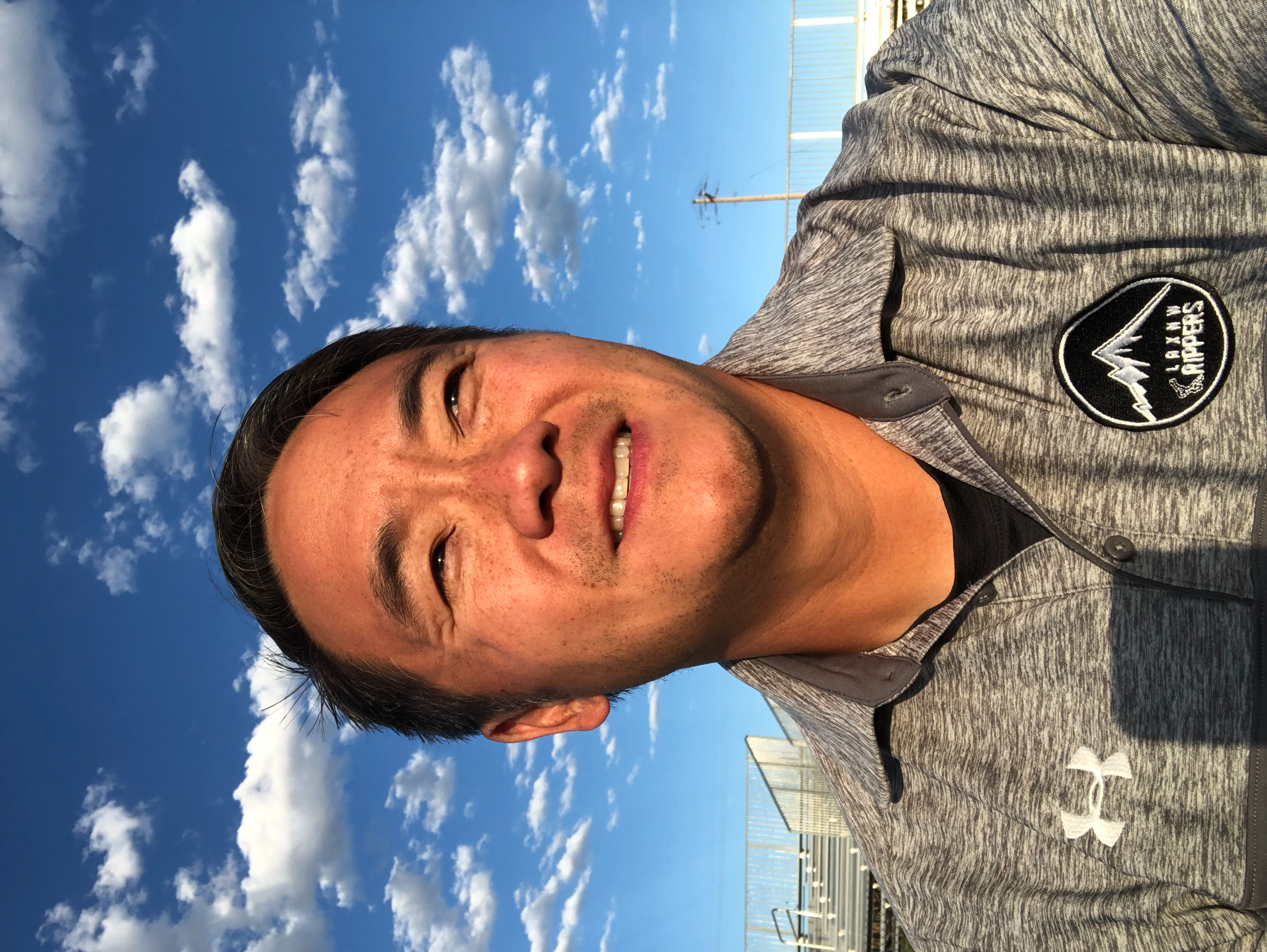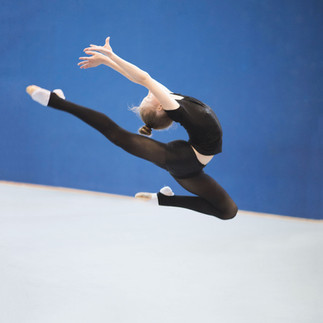Single Sport Versus Multi Sport
- James Yoo

- Dec 12, 2018
- 3 min read
Updated: May 10, 2023
The case for being a Single Sport Athlete versus a Multi Sport Athlete
The topic of single sport specialization and multi-sport participation is always a hot topic among parents and coaches. We are currently in an era where early sport specialization is the expected norm. Travel teams and/or competitive club programs (of all sports) are promising youth athletes that early sport specialization will make them better players, increase their chances of being noticed by college coaches and professional scouts, and provide the tools and resources necessary for athletes to compete at the highest levels. Parents whose children are on these teams will recruit (players and parents) as well by telling prospective parents that early sport specialization will increase their child’s chances of one day making the varsity team for their local high school and to receive an athletic scholarship to a Division-I college/university.
A few surprises in the data behind single-sport and multi-sport athletes is a USA Today article written by Jaimie Duffek. Duffek (2017) cites the following reasons why early sports specialization can benefit athletes:
Earlier Peak Performance. For sports like gymnastics, athletes’ peak performance is reached in adolescence. Experts agree that specialization enables these athletes to compete in their sport when it matters most.
Attain “age-group” success. Specialization may be the best way for athletes to experience “age-group” success. In other words, if it’s a baseball player’s dream to win the Little League World Series, committing to baseball by the age of six or seven is the way to gain success in this age group.
Join elite clubs with access to top coaches. By focusing on one sport from a young age, athletes have access to elite clubs and programs that attract top coaches. These best-in-class coaches have resources at their disposal to help players develop the skills they need to play their sport at the highest level.
Achieve the 10,000-hour rule. Many advocates of early specialization also cite the “10,000-hour rule,” which indicates that it takes 10 years or 10,000 hours of practice to reach the highest level of performance in an activity. If an athlete starts intense, focused training before the age of 12, chances are, they’ll hit that 10,000 hour mark much sooner than an athlete splitting their time between multiple endeavors.
For these reasons, it makes sense why single sport specialization can benefit athletes, in the short term. The important takeaway is that single sport specialization is advantageous if athletes are seeking age-group success. Rule of thumb, if a club or organization preaches that they will help your son or daughter get a college scholarship or more opportunities to become a professional athlete, it should raise some red flags.
Paradoxically, when people discuss single sport specialization, there is always the counterargument stating the importance of multi-sport participation. Duffek (2017) is no different, she flips the coin by providing the advantages of being a multi-sport athlete as well:
Experience long-term success. While it might sound counterintuitive, multi-sport athletes tend to experience longer-term success over their one-sport peers. They are also more consistent performers who tend to suffer fewer injuries, and multi-sport athletes have a much higher chance of being active adults.
Limits overuse injuries. Overuse injuries occur when an athlete repeats the same motion over and over again. Playing multiple sports gives athletes time to heal and develop different muscle groups, tendons, and ligaments. With the rise in overuse injuries in youth sports, this is an important point to remember.
Less pressure, less burnout. Burnout is a real problem for athletes who specialize too early. After all the practices, skills development, and games growing up, athletes can get sick of their sport by the time college comes around. Multi-sport athletes haven’t had that intense emphasis on one sport. Therefore, they are more likely to retain their love of the game.
Accumulate cross-sport skills. Multi-sport athletes gain different kinds of skills that they can apply from one sport to the next. This enhances hand-eye coordination, balance, endurance, explosion, communication, and athletic agility. Who wouldn’t want the speed of a sprinter with the hand-eye coordination of a baseball player on their team?
There are valid reasons for athletes to participate as a single sport or as a multi-sport athlete. Rule of thumb, sport specialization is better for the short term or for athletes seeking immediate success at their age, while participating in multi-sports is better for long-term success as an athlete. There is no easy answer to this debate, especially for parents.
In the end, take the time to list the pros and cons when considering single vs multi-sport participation. Start by identifying which sport(s) your child enjoys participating in, be it a team sport like baseball or an individual sport like fencing. Then, see how your athlete is developing relationships with the coaches and her/his teammates. Lastly, take note of the team culture and how the environment cultivates confidence and a competitive spirit in your athlete.











Comments